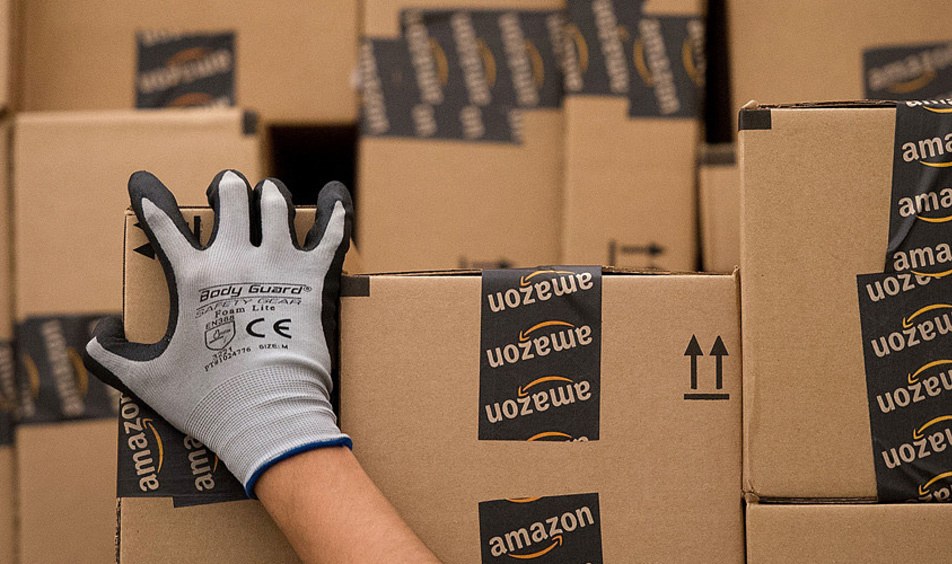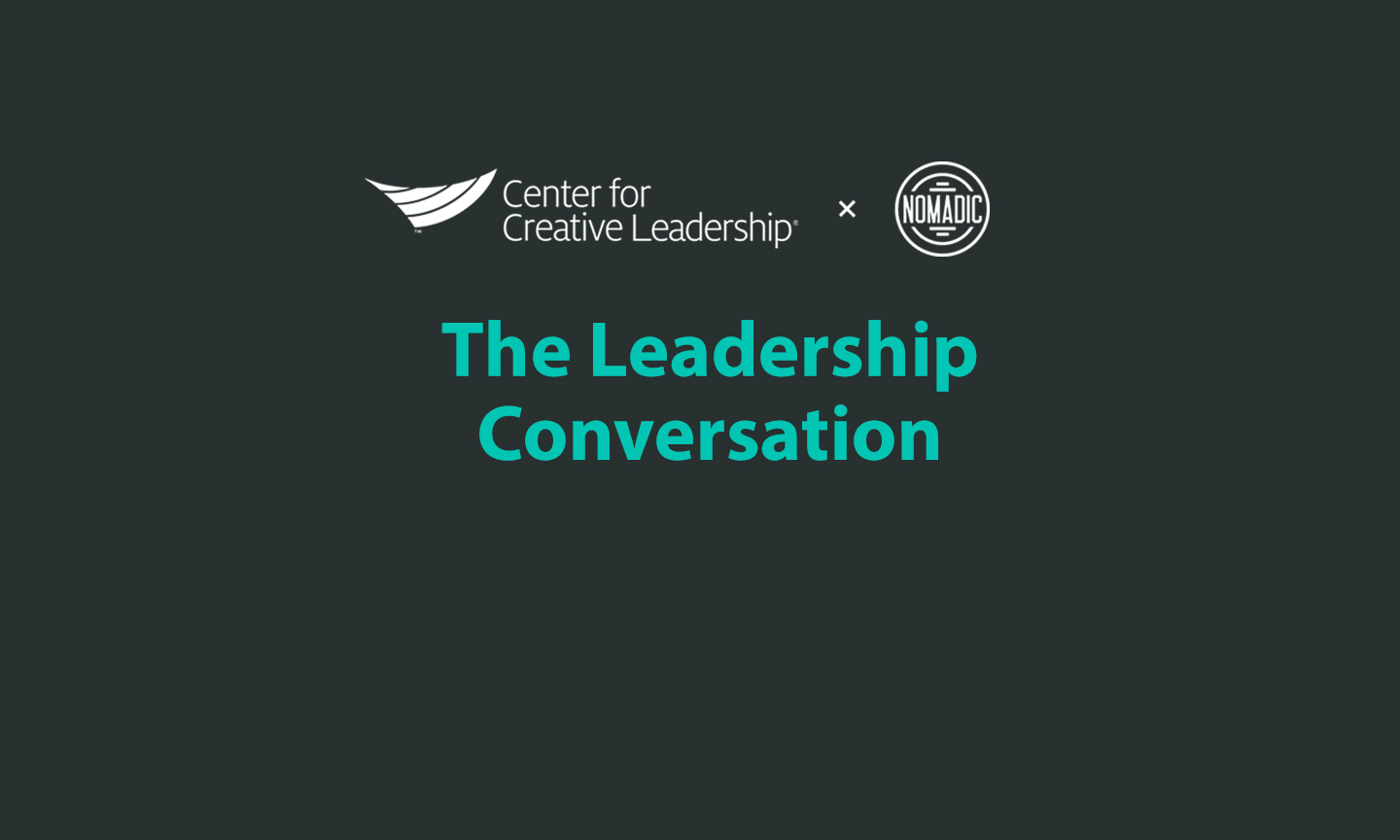Digital Learning Design - Early Influences

Here at Nomadic we're a team of entrepreneurs, writers, developers, designers, and filmmakers--but at our core we're all teachers. Learn how our early influences impacted our digital learning design!

In this two-part article, I explore why learning—and the exchange of knowledge—must move beyond the borders of single organizations to reach entire business ecosystems. In Part 1, I try to understand why learning beyond firm boundaries is so important, and what the benefits to forward-thinking organizations might be. In Part 2, I suggest four principles for effective collaborative learning across organizational borders.
Firms neither rise nor fall alone. Instead, they are enmeshed in complex ecosystems of customers, partners, supply chains, and influencers. Knowledge (and sometimes even talent) constantly flows across organizational boundaries.
The new frontier for leading managers is to shape the flows of knowledge to their advantage, to forge connections, offer learning experiences, and cultivate the right conversations wherever and whenever they’re happening.
Yet most CLOs, CHROs, and even CMOs continue to see learning—as opposed to recruitment or marketing communications, say—exclusively within the bounds of their own organizations.
They’re missing an enormous opportunity.
Companies aren’t islands. Why is their learning?
In the early 1990s, Berkeley Sociologist AnnaLee Saxenian wondered why Silicon Valley tech firms were flourishing while Route 128-area tech firms in Massachusetts languished. She quickly realized that the answer didn’t lie within the firms themselves, but could only be found by seeing the big picture. Silicon Valley was a new kind of ecosystem where knowledge and talent moved more easily between companies, where nimble firms could specialize deeply in one technology and then collaborate with their neighbors to deliver complete solutions to the marketplace. The entire Valley was aflame with learning and innovation.
Route 128, on the other hand, was littered with the fossils of the post-War tech industry: thousands of brilliant minds locked behind the walls of vertically-integrated tech giants content to hoard their trade secrets while unwittingly awaiting disruption.
Saxenian’s insight: it was the exchange of knowledge between firms, customers, Venture Capitalists (VCs), and universities that enabled the success of Silicon Valley. She—and many other scholars—later described global networks of knowledge exchange as fundamental to the success of regional economies and individual companies alike.
Now it goes without saying that companies can’t survive by thinking of themselves as islands in a chaotic world. They rely on customers to help them innovate, supply-chain partners to cultivate standards for quality and social responsibility, universities (and competitors!) to help them recruit talent, and their own employees to act as outside brand ambassadors.
Like it or not, the boundaries between inside and outside are dissolving. And the flow of knowledge across these boundaries is spreading and accelerating at an unprecedented rate. It’s time for companies to leverage learning to turn this new competitive environment to their advantage.
The new frontier
Here are two ideas to start thinking about how to use learning more effectively outside the bounds of the enterprise. Since marketing communications is often the function most adept at negotiating the relationship between firm, customers, and partners, it makes sense to start there. (Other blog posts will explore learning for talent strategy and learning for supply-chain integration):
Learning for marketing
It’s become a truism that capturing and sustaining the attention of customers and partners is nearly impossible these days. One exception: engaging learning experiences that audiences find intrinsically valuable. Of course, firms have long sent out white papers and broadcast messages to attract and retain customers. They’ve also invested untold millions in exclusive conferences and face-to-face learning opportunities.
But the trick is to shape durable communities of learners willing to devote sustained attention to your message at scale. It’s far cheaper and more rewarding—in terms of value-created, data-collected, and opportunities-generated—to drive learning outcomes rather than banner-ad impressions or golf carts.
For instance, one of Nomadic’s clients, the global PR firm Ketchum, deployed learning experiences co-created with Nomadic for some of their top clients, including Michelin and Wendy’s. Ketchum and client communications professionals explored the future of digital communications) together, in a lightly-branded manner that nevertheless helped establish Ketchum’s distinctive point of view. Meanwhile, agency and client teams organically deepened their relationships.
Learning for brand advocacy
Borders between companies and their outsides are disappearing. Fair enough, but where does that leave employees? They’re increasingly being asked to represent their firms on social media platforms and beyond: to drive recruitment, brand employee culture, and even help shape the views of potential customers or influencers. Meanwhile, employers are terrified that their people will say the wrong thing or spur a PR crisis with a thoughtless remark.
In response, smart companies are moving beyond patronizing “dos and don’ts” PowerPoint presentations for employees and are beginning to empower them to represent their brands—with social-learning-based solutions. The challenge is creating a safe space that enables employees to share knowledge, best practices, and experiences (across global, functional, and organizational boundaries) in the same kind of digital/social environments within which they live and work. (As for all learning outside of the firm, there are real risks around intellectual property and public relations that must be negotiated.) The ideal outcome is to establish a shared vision, common concepts, and consistent language around what it means to be an effective ambassador for a brand.
Stay tuned for next week’s article on the underlying principles which can enable effective collaborative learning across borders.
Discover our award-winning platform, sign up for a demo today!

Here at Nomadic we're a team of entrepreneurs, writers, developers, designers, and filmmakers--but at our core we're all teachers. Learn how our early influences impacted our digital learning design!

Every single organization is trying to improve their leadership capabilities. Even the smallest organizations feel the pressure to be better at leadership. Learn more about Nomadic's approach to leadership development training!

CCL® and Nomadic Launch The Leadership Conversation - a place for leaders to have collaborative, conversation-driven learning experiences on the devices they use all the time.